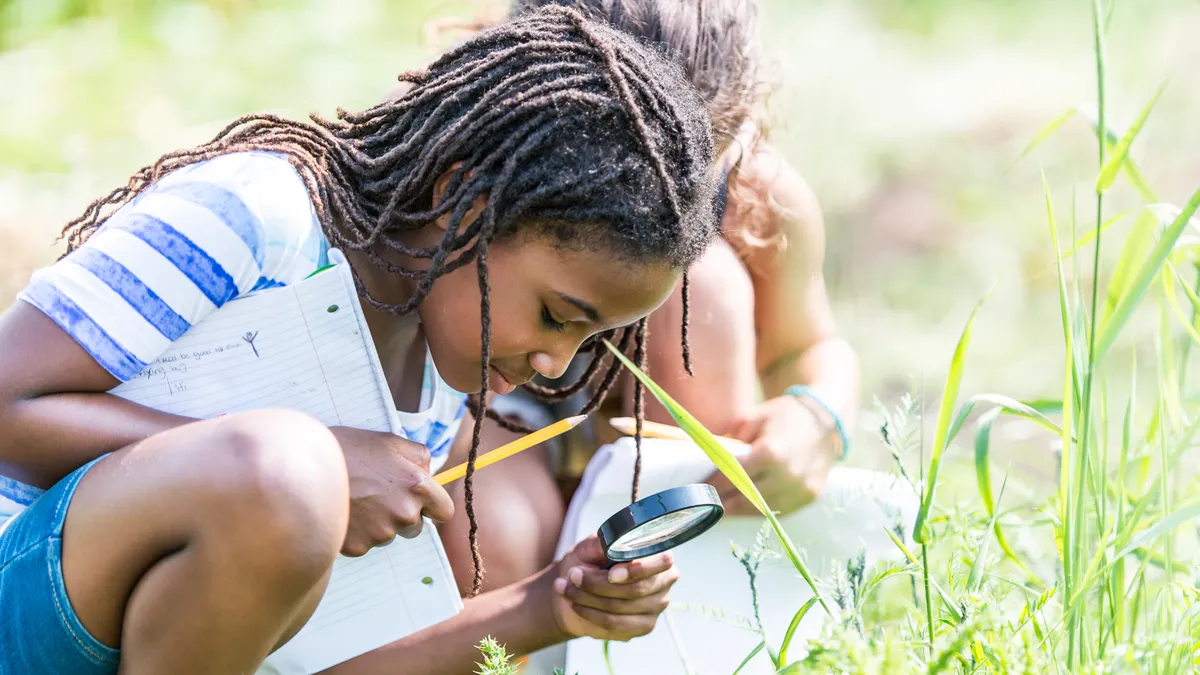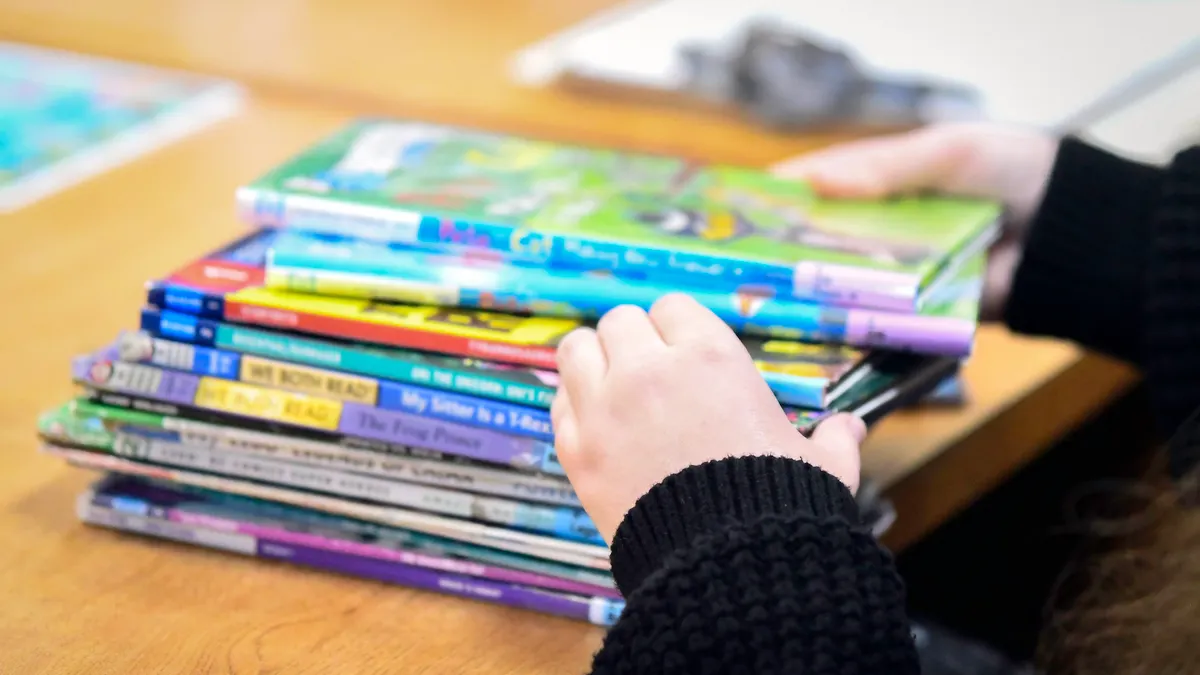Traditionally, teaching immigration has centered around the story of Ellis Island, describing how more than 12 million people arrived to the U.S. through a storied space in New York Harbor from 1892 to 1954. But American immigrants have come to this country for many years through many ports, including New Orleans in Louisiana and Angel Island in California.
To broaden the story of immigration and anchor the subject to what’s happening today, educators are starting to look for ways to teach this piece of American history in a way that better resonates with students, Costello said in an interview.
“I think there’s particular demand for putting [immigration] in a current context,” said Maureen Costello, the director of Teaching Tolerance, a project of the Southern Poverty Law Center. “There’s a desire to make sure kids see themselves in the story.”
Immigration is a topical subject, one that straddles history and social studies, but also current events. Lessons not only include details of when and how people arrived, but the legal guidelines around their arrival, and even the sentiment at the time. Certainly, the story of immigration has changed dramatically from the days of Plymouth Rock, and may now touch on details that teachers and administrators are not equipped to address.
“When teaching about immigration, you’re also talking about immigration policies,” said Costello. “And that’s very complicated, because very few teachers are prepared to teach about immigration policy.”
Immigration today
Policy may be something that curriculum designers should consider weaving into school lessons and teacher education programs should add as well, said Eliane Rubinstein-Avila, a professor in the Department of Teaching, Learning and Sociocultural Studies at the University of Arizona, who authored a 2016 paper, “Immigration and Education: What Should K-12 Teachers, School Administrators and Staff Know.”
“Given the current increase in global and national population shifts, a course on immigration and education for pre-service teachers would help enlighten educators on an important topic that is not only current, but also likely to remain pertinent and significant for decades to come,” Rubinstein-Avila wrote.
Helping children see themselves
Nearly every child has an immigration story in their family and how they and their relatives arrived in the U.S. Looking at how immigration has changed over the years — from the ways people have entered the country to policies that guide the process — can help students make sense of their personal history and see where they fit into America’s story.
And educators who help students see their place in America can play powerful roles. In a recent NBC News piece, Blair Imani, author and founder of Equality for HER, wrote that it wasn't until her 5th grade teacher explained how everyone's stories of coming to America are distinctive and important — not to be erased in the so-called melting pot — that she felt she was part of her country's story as well.
"Everyone’s history suddenly became a scavenger hunt as a result of her lesson, a game in which the truth was hidden by the powers that once were only to be uncovered by honest historians," Imani wrote.
Teaching about immigration through immigrants' stories was one method highlighted during the Teaching to Change the World conference in West Seneca, New York, in November. There, educators were encouraged to "...focus on the people and their stories and remove the politics from it," Betty Haynes, social studies teacher at Cleveland Hill Middle School in Cheektowaga, New York, said in a WBFO news story.
Looking for teaching materials
Educators don’t have to reach far to find source materials and stories. Costello suggested they look within their communities, where their students live and may even have first arrived in the U.S.
“There’s virtually no part of this country untouched by immigration,” she said. “It’s critical for curriculum designers … make the subject relevant for their own students.”
Curriculum designers can also look online for teaching materials. Teaching Tolerance has online lessons, including one that looks at young immigrant stories.
Historic documents are great resources as well, and some institutions, including the Natural History Museum of Los Angeles and the Carnegie Museum of Natural History in Pittsburgh, allow educators to borrow historic artifacts for their classrooms.
The Library of Congress also lists online lesson plans for grades 3 through 12 that look at topics ranging from the French Canadian immigration into New England from 1840-1930 to the California expansion in the late 19th Century.
Breaking out of history class
The story of immigration also doesn’t have to stay in social studies. Fiction and non-fiction books can also reflect and tell the story of immigration and are easily adopted in English language arts and foreign language classes.
Ultimately, said Costello, students benefit when they have material that they can connect with personally, no matter what subject they’re learning, that help them understand their place in the world, while also expanding that view.
“[Educators] should follow the window and mirrors kind of approach,” she said. “Every child should have an opportunity to see themselves in what they read, and have an opportunity to have a glimpse into a world different than their own.”





 Dive Awards
Dive Awards













